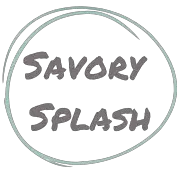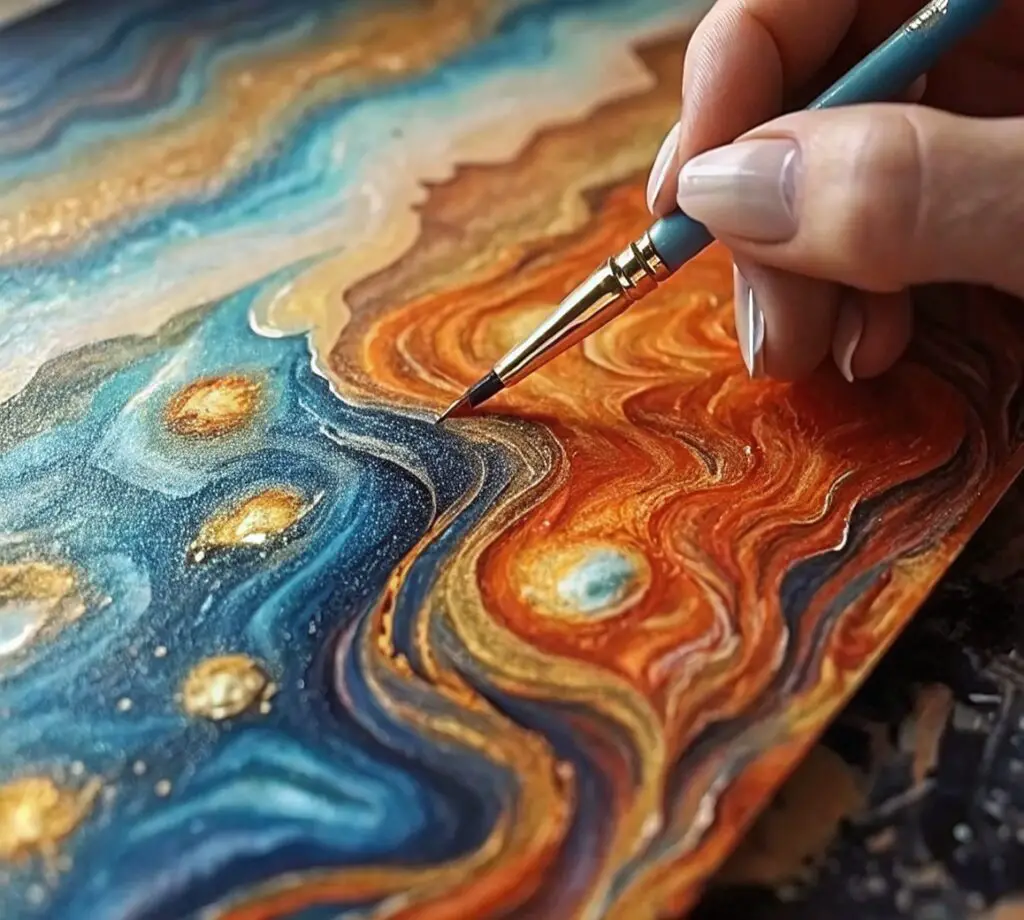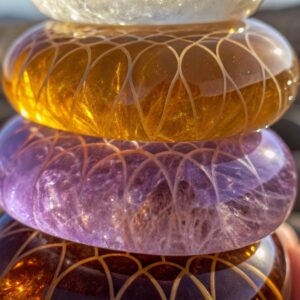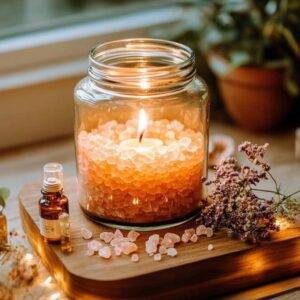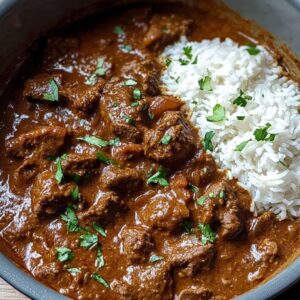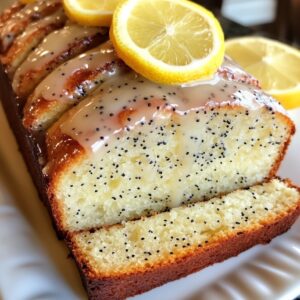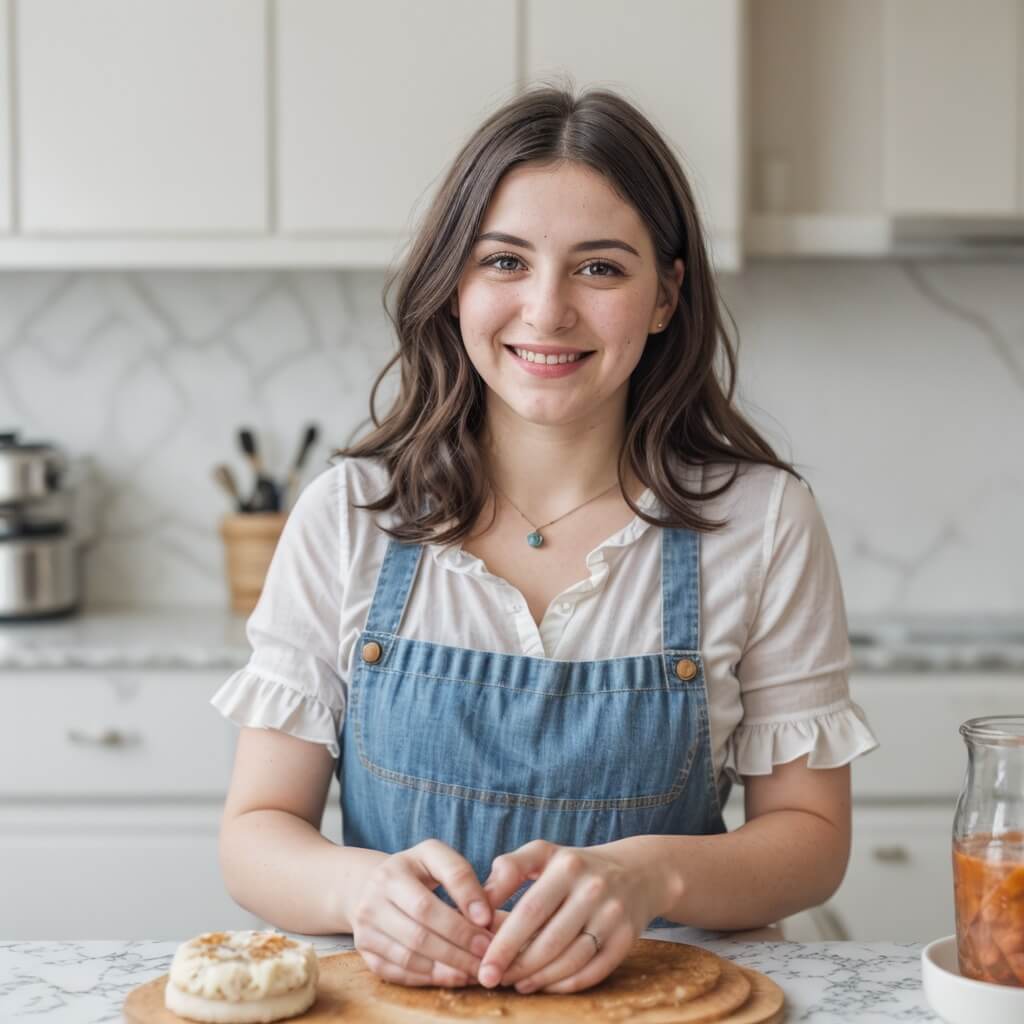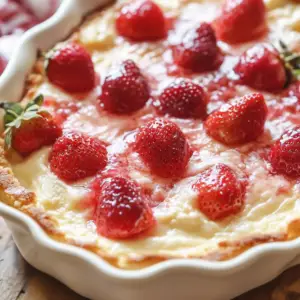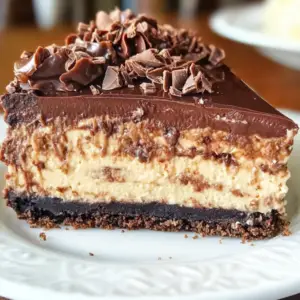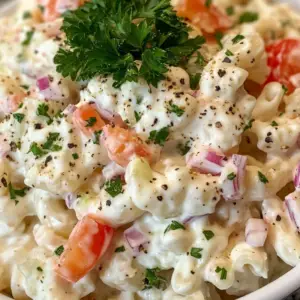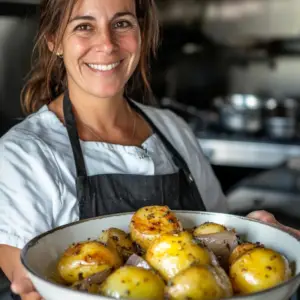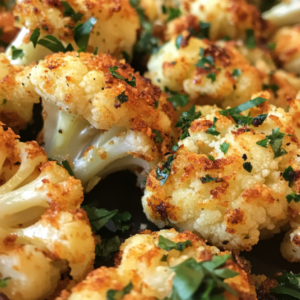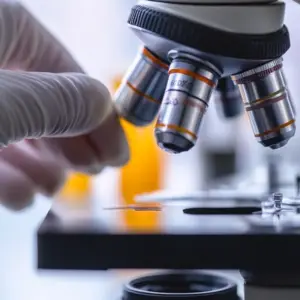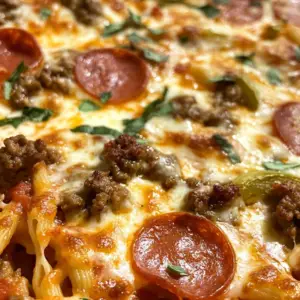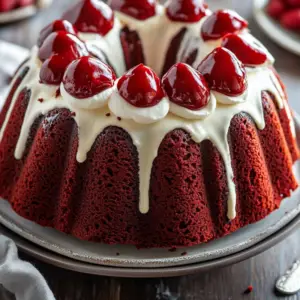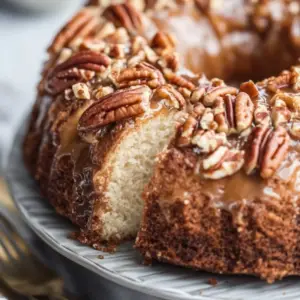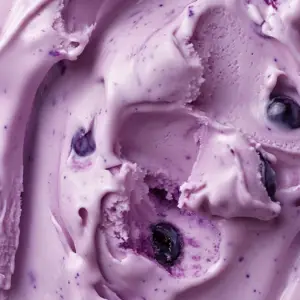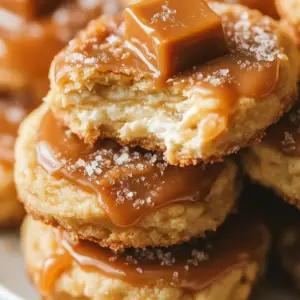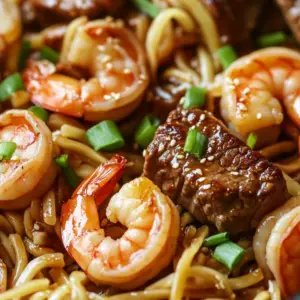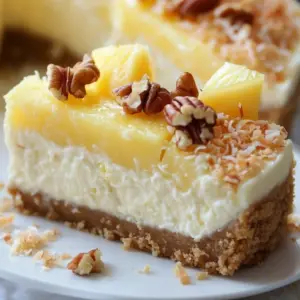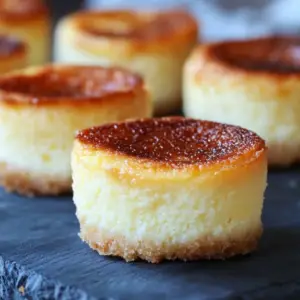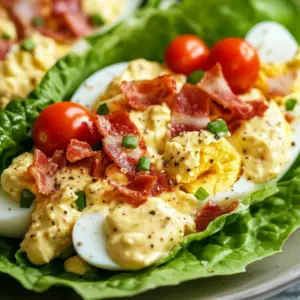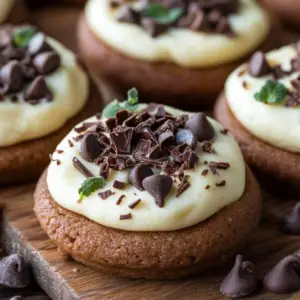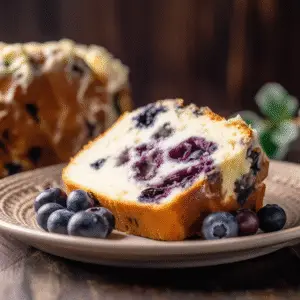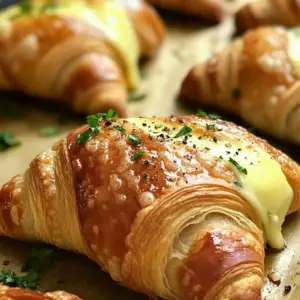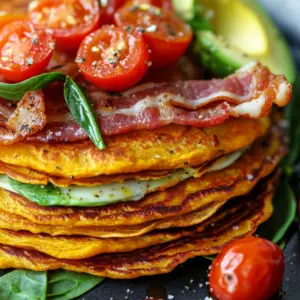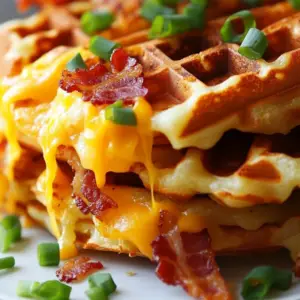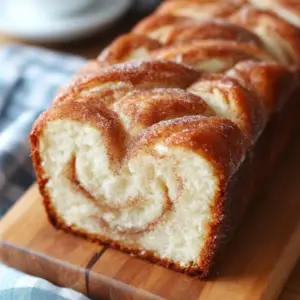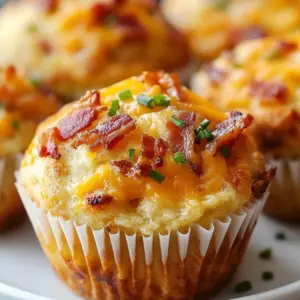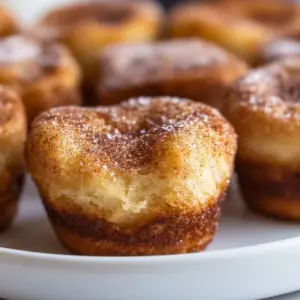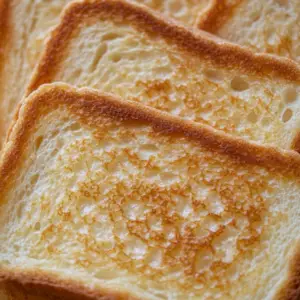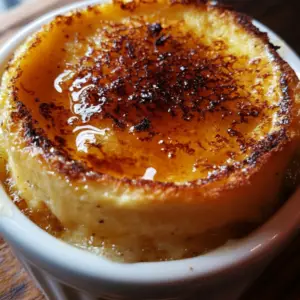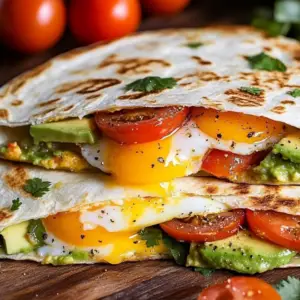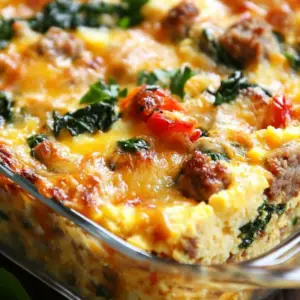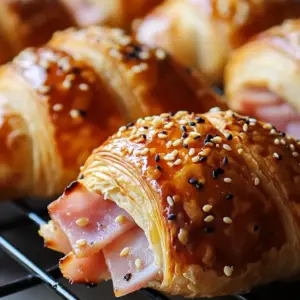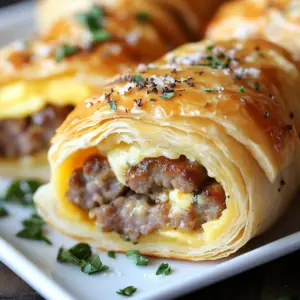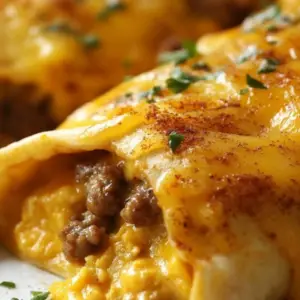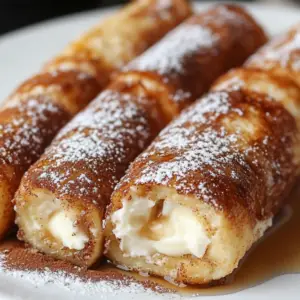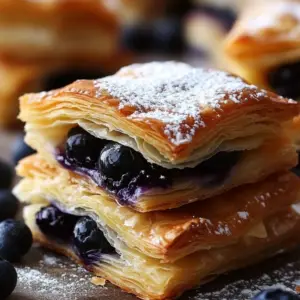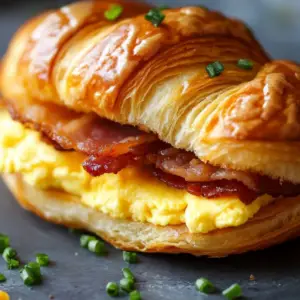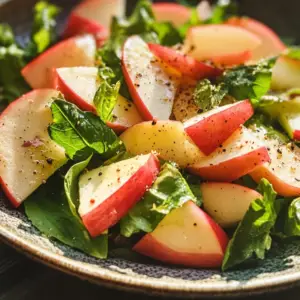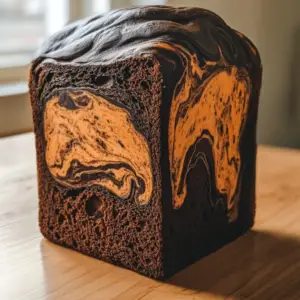First of all, thank you for being here—whether you’re a curious parent, a playful teacher, or someone just looking to sprinkle some science into your art, welcome! I’m truly excited to share this one with you because it’s more than just an art project—it’s a mini science experiment, a sensory adventure, and a creative free-for-all all rolled into one.
Before we dive into the magic, don’t forget to subscribe below to get this recipe and more hands-on projects delivered straight to your inbox. Trust me—you won’t want to miss what’s coming next!
What Is Baking Soda Painting?
Baking Soda Painting is a simple, fizzy, and utterly delightful art activity that combines basic kitchen ingredients with creative exploration. The “paint” is made from baking soda, water, and food coloring, and once it’s applied to paper, a few drops of vinegar set off a bubbling chemical reaction that transforms every brushstroke into something mesmerizing.
Reasons to Love This Project
- It’s educational and fun – Kids learn about acid-base reactions while creating something truly unique.
- Budget-friendly – Uses common household items.
- Sensory-rich – Watch it fizz, hear it bubble, feel the textures!
- No artistic skills required – Just imagination and a sense of play.
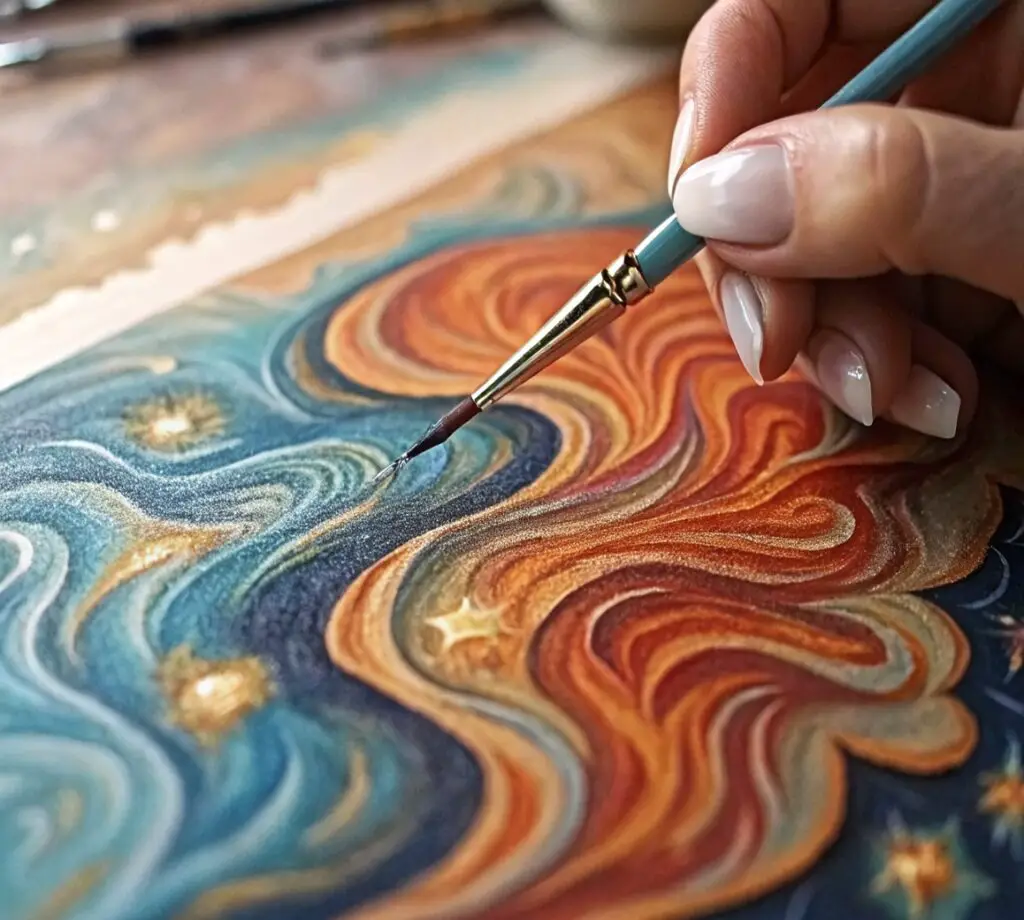
What Does It Look and Feel Like?
Imagine swirls of vibrant color, foaming like a fizzy soda on paper—alive with movement. When the vinegar hits the baking soda, little craters of color form and bubble over. It’s part painting, part performance art! The final result dries into a textured masterpiece that feels as dynamic as it looks.
Benefits of Baking Soda Painting
- Promotes creativity and experimentation.
- Enhances fine motor skills.
- Introduces kids to basic science concepts in a hands-on way.
- Calming and therapeutic for both kids and adults.
Ingredients
- ½ cup baking soda
- 2–4 tablespoons water
- Food coloring or liquid watercolors
- White vinegar
Tools You’ll Need
- Small bowls or a muffin tin
- Thick paper (cardstock or watercolor paper recommended)
- Brushes, spoons, or popsicle sticks
- Pipettes, droppers, or small spoons
- Tray or baking sheet
- Optional: glitter for a sparkly finish
Ingredient Substitutions & Add-Ons
- No pipette? A straw or spoon will do just fine.
- No watercolor paper? Try construction paper, cardboard, or even canvas!
- Add some sparkle: Sprinkle glitter while the painting is still wet.
- Scents: A drop of vanilla or citrus extract in the vinegar for an extra sensory layer.
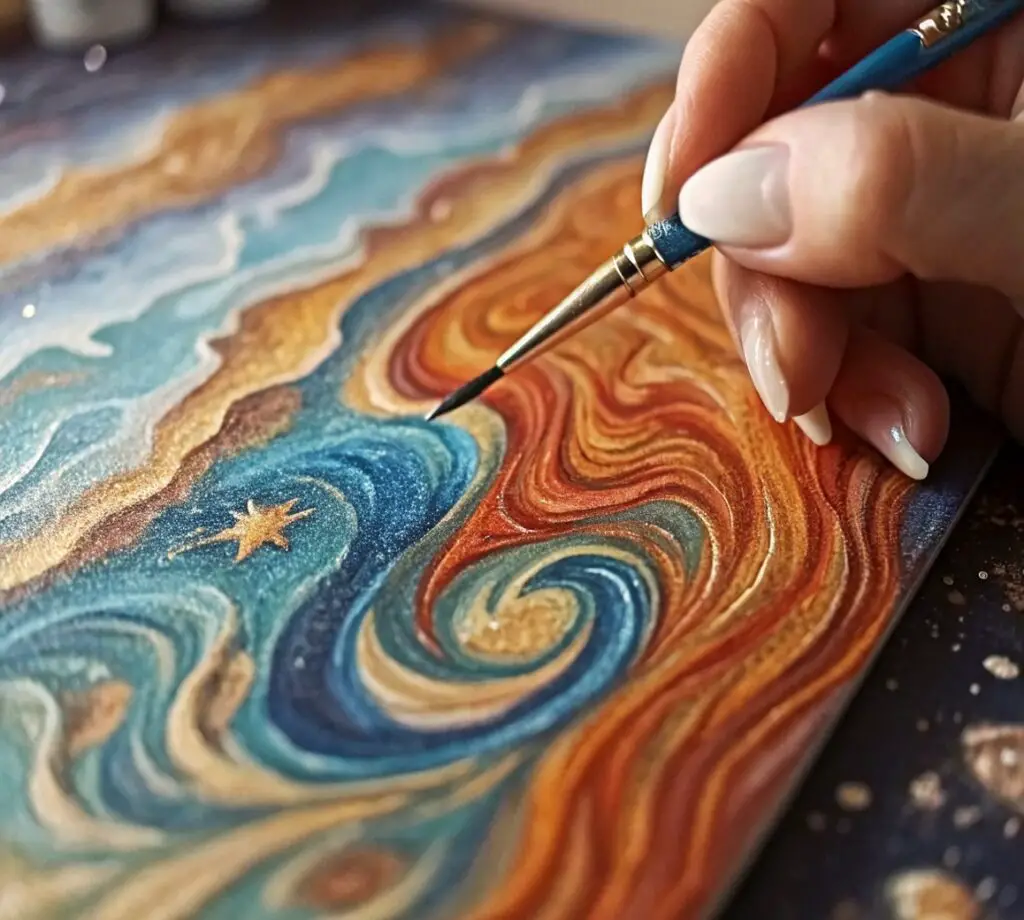
Step-by-Step Instructions
- Mix the Paints
In each bowl, combine 2-3 tablespoons of baking soda with water until you have a paint-like consistency. Add food coloring or watercolors to bring your paints to life. - Prep Your Surface
Place the paper on a tray or baking sheet. This helps catch drips and keeps cleanup easy. - Create Your Art
Use brushes, spoons, or sticks to paint on the paper. Swirl, splatter, and smear—there’s no wrong way to do this! - Time for Science!
Fill small cups with vinegar. Drip it onto the painting using pipettes or spoons. Watch the bubbling reaction as the acid meets the baking soda! - Let It Dry
Once the fizzing stops, let your artwork dry flat for several hours or overnight. - Optional Sparkle
Sprinkle glitter while wet for a magical finish.
What to Pair with This Activity
- Storytime books about colors or chemistry.
- A cozy hot cocoa break while waiting for the painting to dry.
- A backyard “gallery” to hang the artwork and admire in the sun.
Tips for Success
- Thicker mixtures give better texture—don’t over-dilute.
- Use fresh baking soda for the best reaction.
- Let kids experiment—this is about the process, not perfection.
Storage Tips
- Once fully dry, store artwork flat in a folder or display it upright. Avoid folding—it can crack the paint.
- Keep unused vinegar and paint mixtures sealed in jars for up to a week.
Frequently Asked Questions
Can I use regular printer paper?
You can, but it may buckle under the wet paint. Thicker paper works best for absorbing moisture and preserving texture.
Is it safe for toddlers?
Yes! All ingredients are non-toxic. Just supervise closely to avoid accidental tasting.
Can I reuse the paint?
If stored in a sealed container in the fridge, it lasts about a week. Stir well before using again.
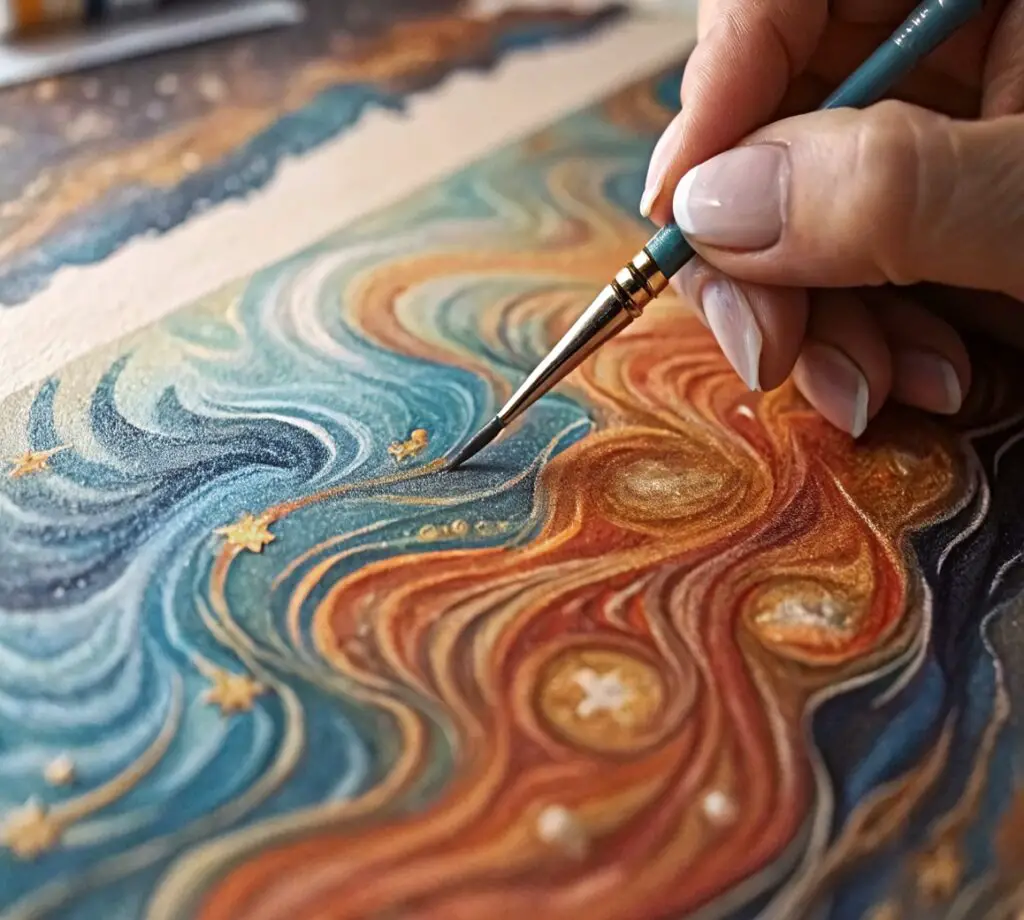
Wrapping It Up
This Baking Soda Painting project is anything but boring!! It’s creative, colorful, and downright magical—and such a fantastic way to blend science and art for kids of all ages. It’s activities like these that remind us how joyful learning can be when it’s hands-on and heart-led.
And if your little ones loved this, be sure to check out my Fizzy Sidewalk Chalk Paint and DIY Puffy Paint with Flour projects!
Share the Joy!
Tried this project? I’d love to see your colorful fizzing masterpieces! Tag your creations on Pinterest or leave a comment and photo below—let’s inspire each other.
Nutritional Info (For Fun!)
- Calories: 0
- Creativity Boost: 100%
- Smiles Generated: Infinite
Would you like me to create a printable version or a Pinterest-optimized image for this post?

